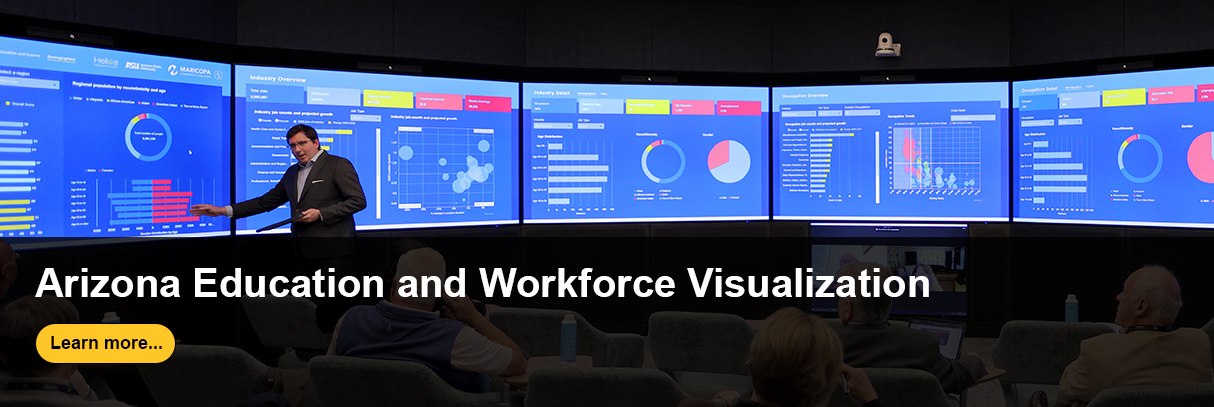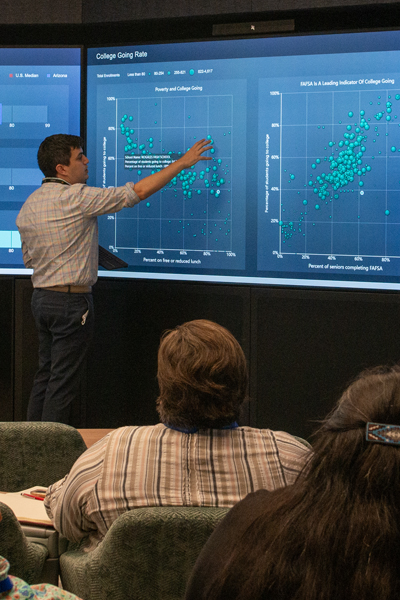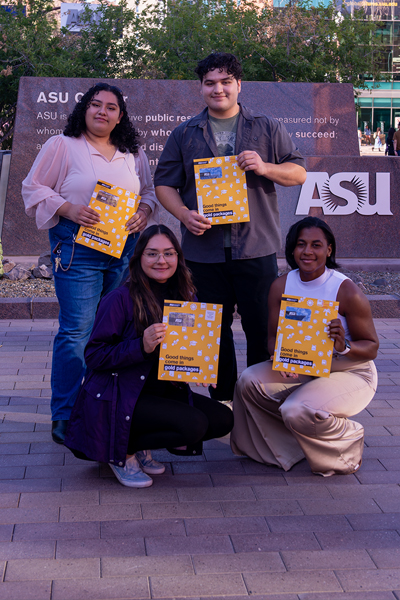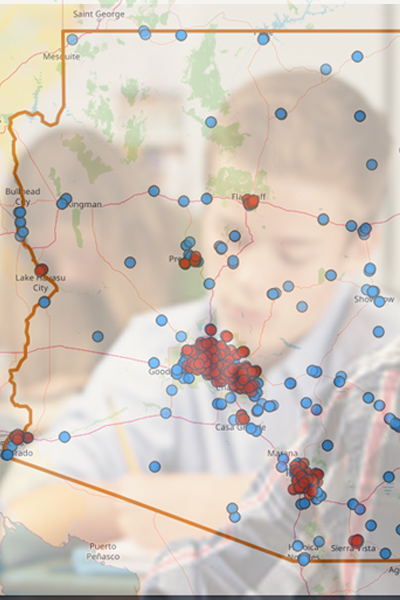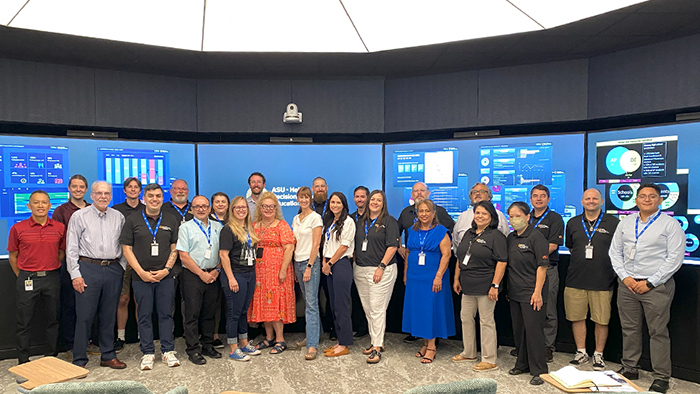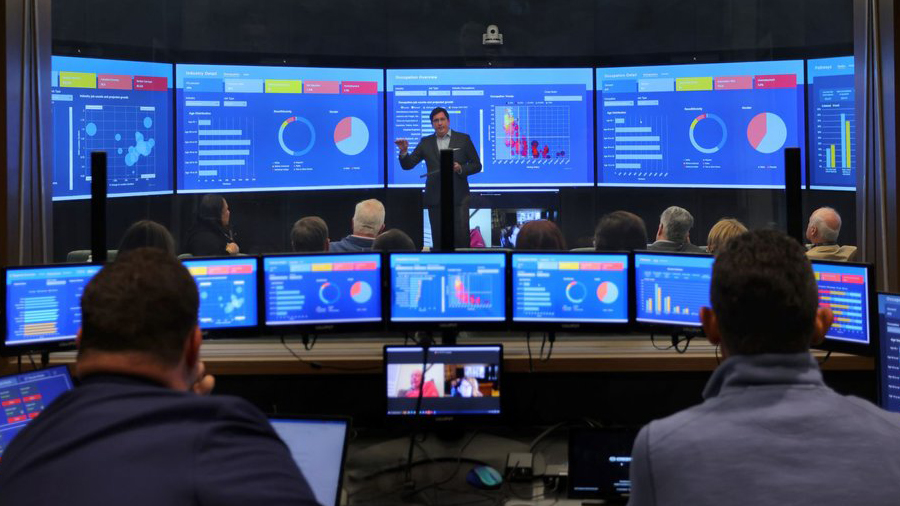The ASU Helios Decision Center for Educational Excellence is a partnership between Arizona State University and Helios Education Foundation. We are bringing together all we know about the education system, the resources of ASU and Helios, and education stakeholders in order to drive positive change and better student outcomes. Partnering with ASU’s Decision Theater and other ASU researchers and thought-leaders, we convene key stakeholders with our Tools & Visualizations to examine the education system and model and visualize the impact of potential new policies and innovative solutions on education outcomes. We also facilitate Impact Projects, which directly support Arizona’s public schools, teachers and students.
Learn more about our work and how we can be a supporting partner.
Learn more about our work and how we can be a supporting partner.
Explore our tools & visualizations
We offer a set of data tools and visualizations for use by Arizona educators and partners. Explore these tools on here or set up a time to visit us at a Decision Theater location.
Access toolsUse data to make a difference
We want to model how to use education data to improve student outcomes. Our Impact Projects are open to schools and districts across the state.
Learn moreSee how we make an impact statewide
Our Center is possible thanks to a commitment from many groups across Arizona. We seek to make our tools just as relevant to educators in Yuma to Window Rock and everywhere in between.
Read more